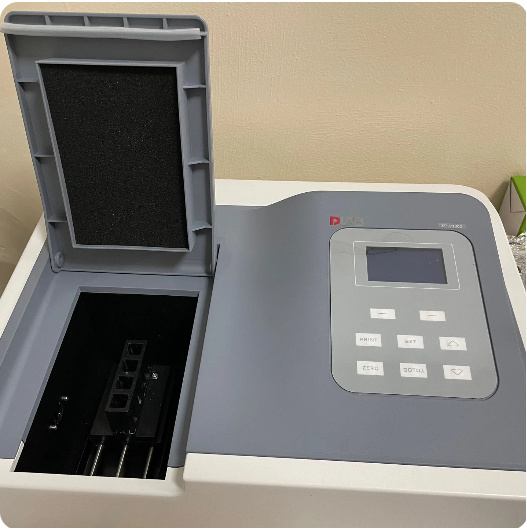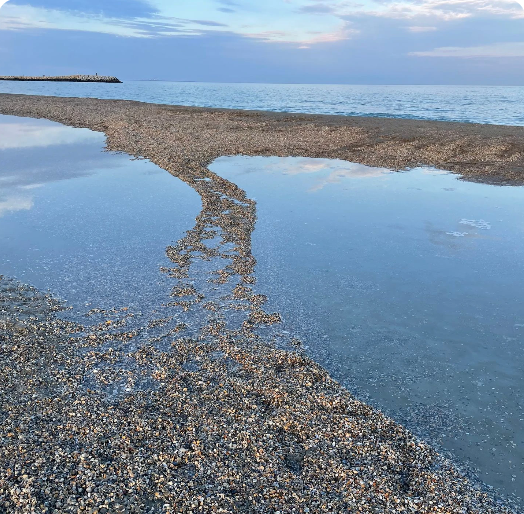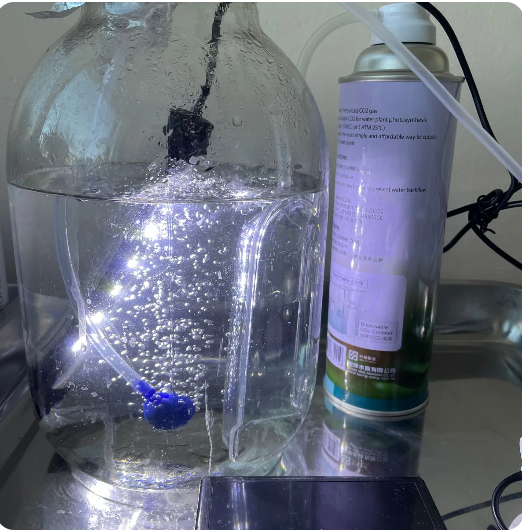Green Ideas - Using photobioreactors for pollution mitigation
Material, methods, samples
Material

- Reactor container (glass, plastic)
- Light source (incandescent bulbs or LEDs)
- CO2 source (cylinder)
- Air pump and associated piping
- Nutrients (NPK fertilizer – NO3 3.6%, NH4 1.8%, P2O5 2.3%, K2O 2.7%)
- Algae (seawater and Tăbăcărie lake samples)
- Algae concentration measurement chamber
- Spectrophotometer
- Determinant unicellular algae
- Laboratory glassware
- Instruments for measuring pH, dissolved substances, conductivity, temperature, amount of light, dissolved oxygen
- Microscope with 40x, 100x, 400x, 1000x magnification and photo/video camera adapted to the microscope eyepiece
Samples

The initial sample collected from the connecting channel between Tăbăcărie lake and Pescărie bay.
The second sample, taken in January 2024, was divided as follows: a fresh water sample for the experiment and a control sample, from Tăbăcărie lake (2 L each), a sea water sample for the experiment and a control sample, from the area Eforia (2 L each).
Method

From the first samples, 3 batches were formed, exposed to different abiotic factors. For each sample, biotic and abiotic parameters were recorded, as follows: chlorophyll concentration, temperature, salinity, pH, fertilizer, lighting, mechanical agitation, exposure time to light, total dissolved substances, conductivity, number of algal cells per unit of volume, dissolved oxygen, GPI (green pixel intensity for the indirect determination of the photosynthesis rate).
Control samples were left at room temperature, without the variation of environmental factors. Seawater and fresh water samples were exposed to additional light and aeration, fertilizer and CO2 input.
With the primary data thus obtained, the numerical density (cel/L) was calculated for each specific component, for each of the algal taxonomic groups and for the total phytoplankton.